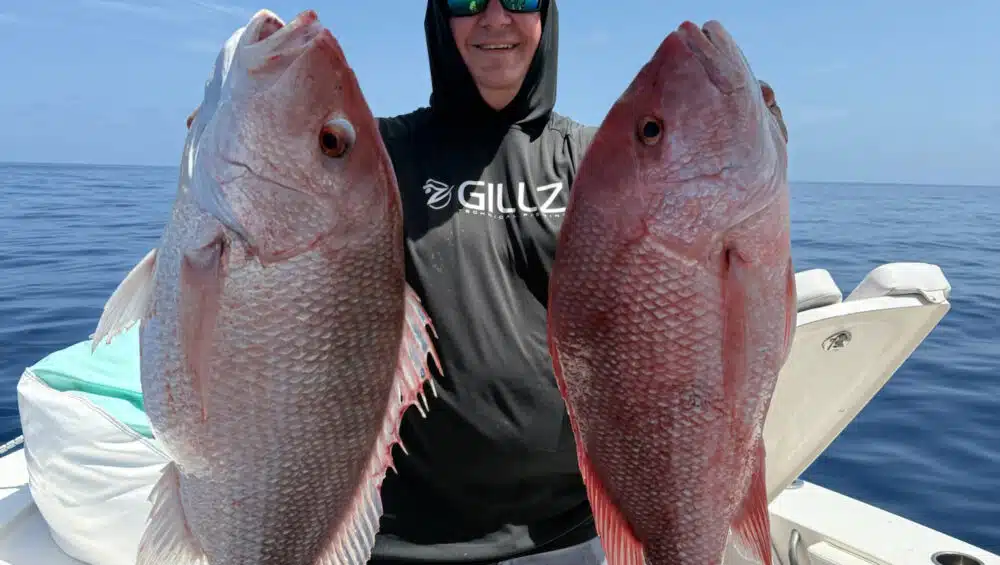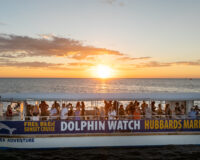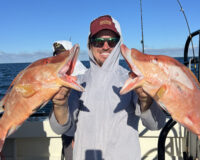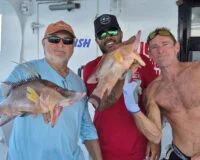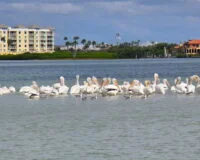Inshore Fishing Report
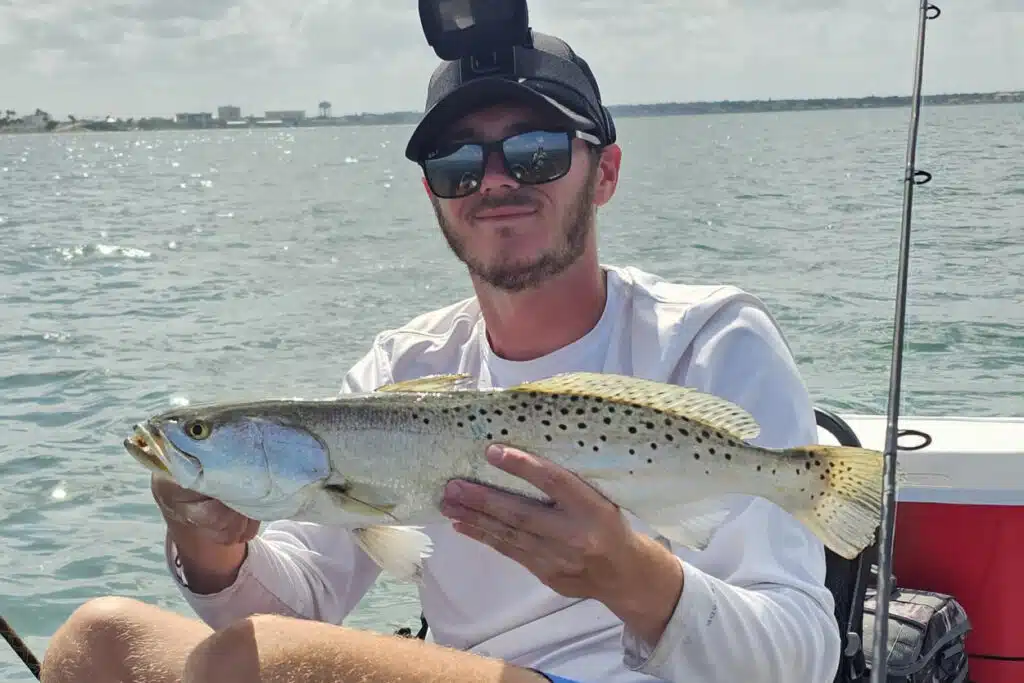
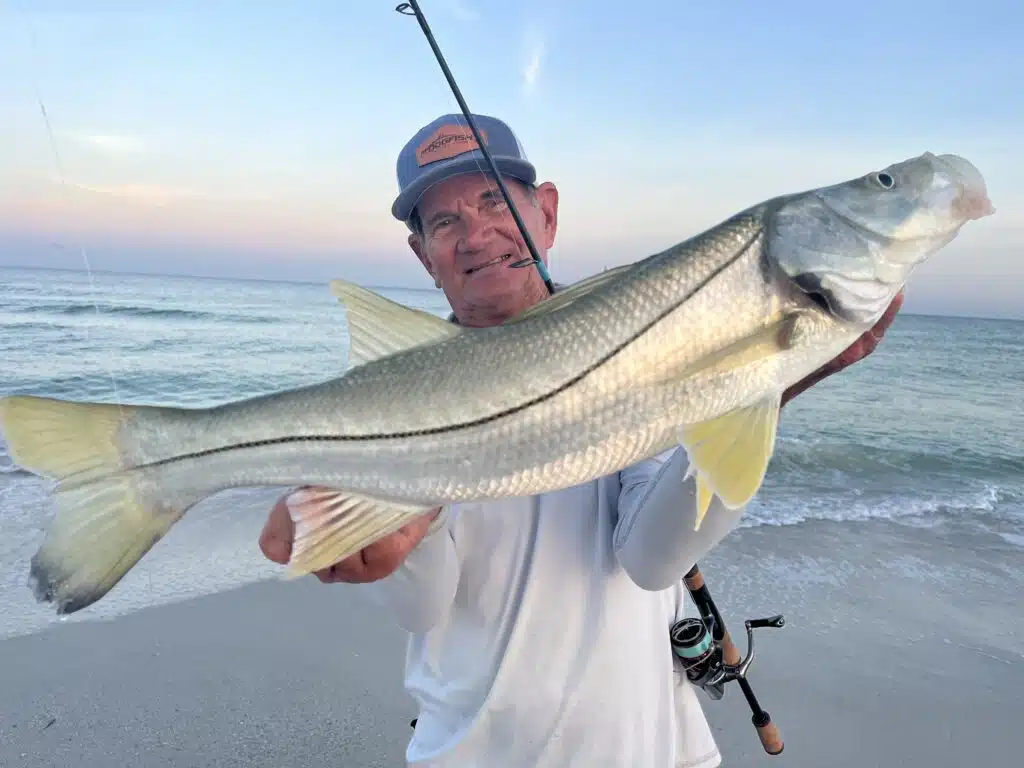
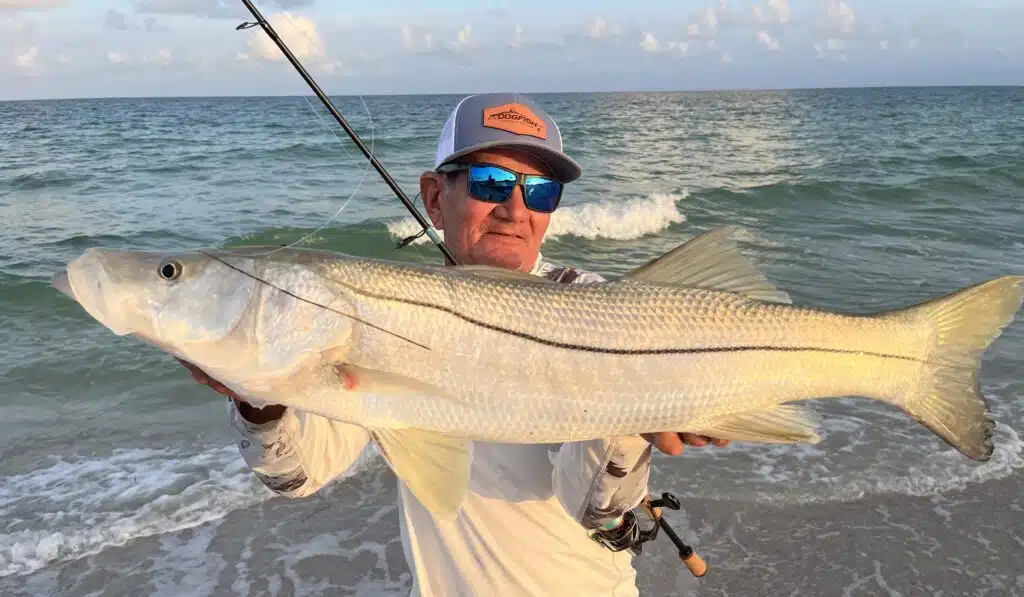
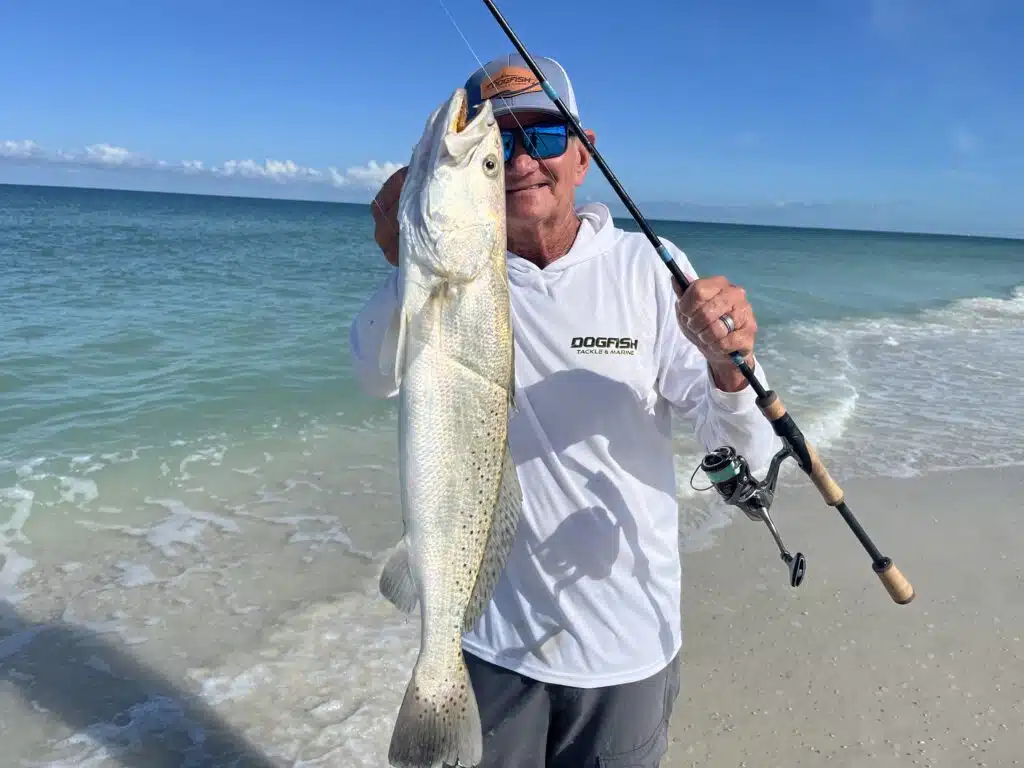
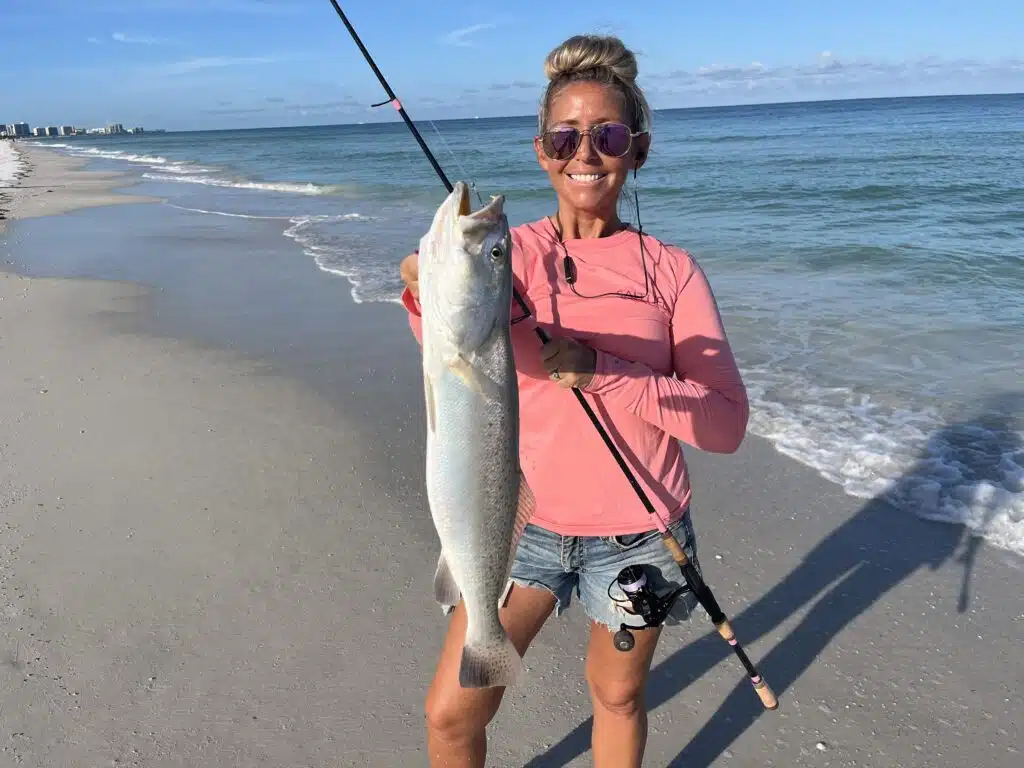
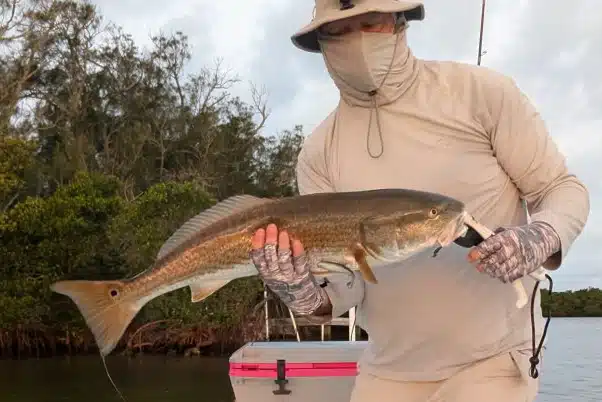

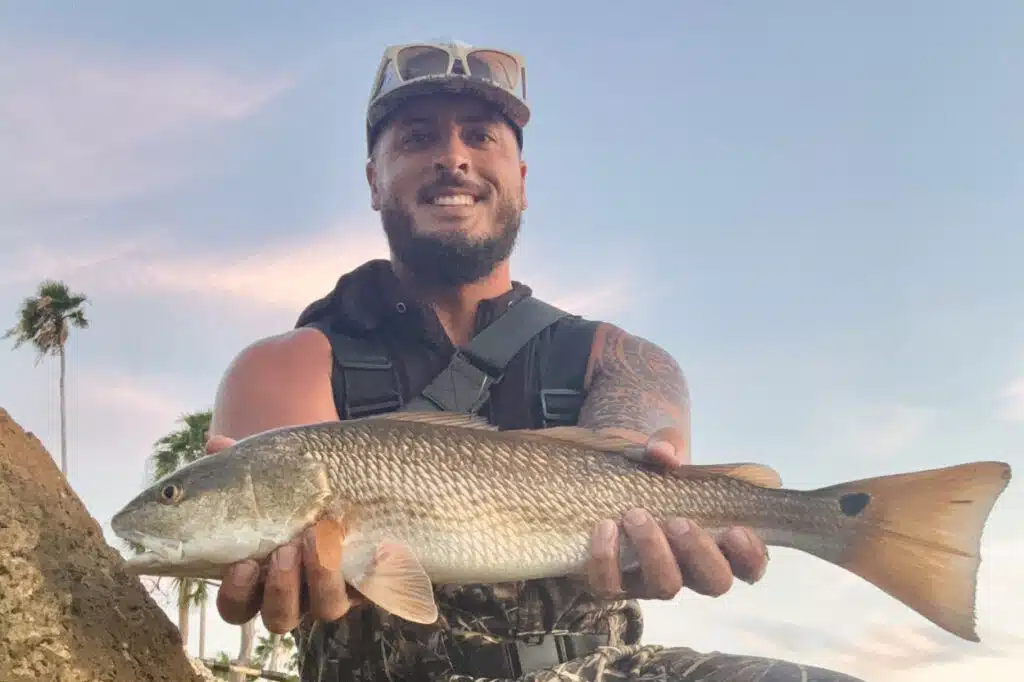
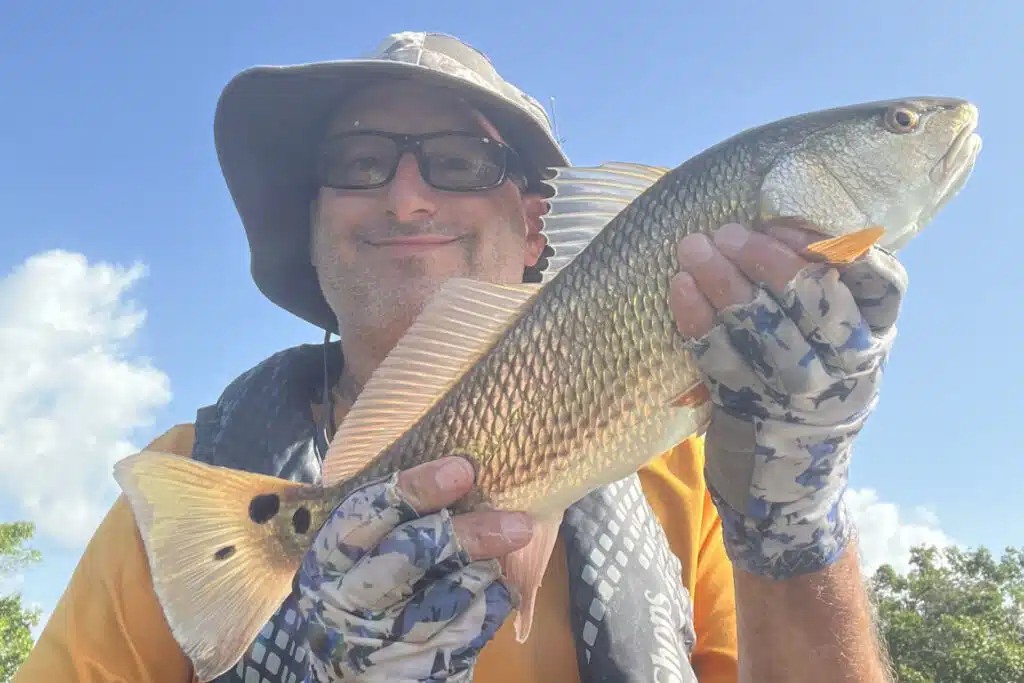
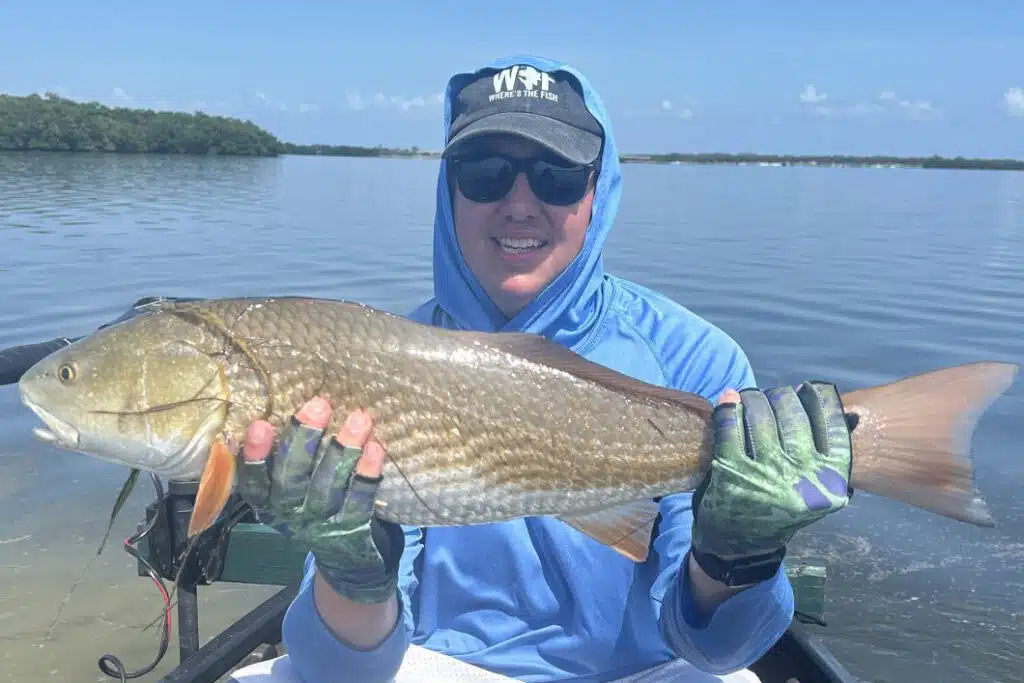
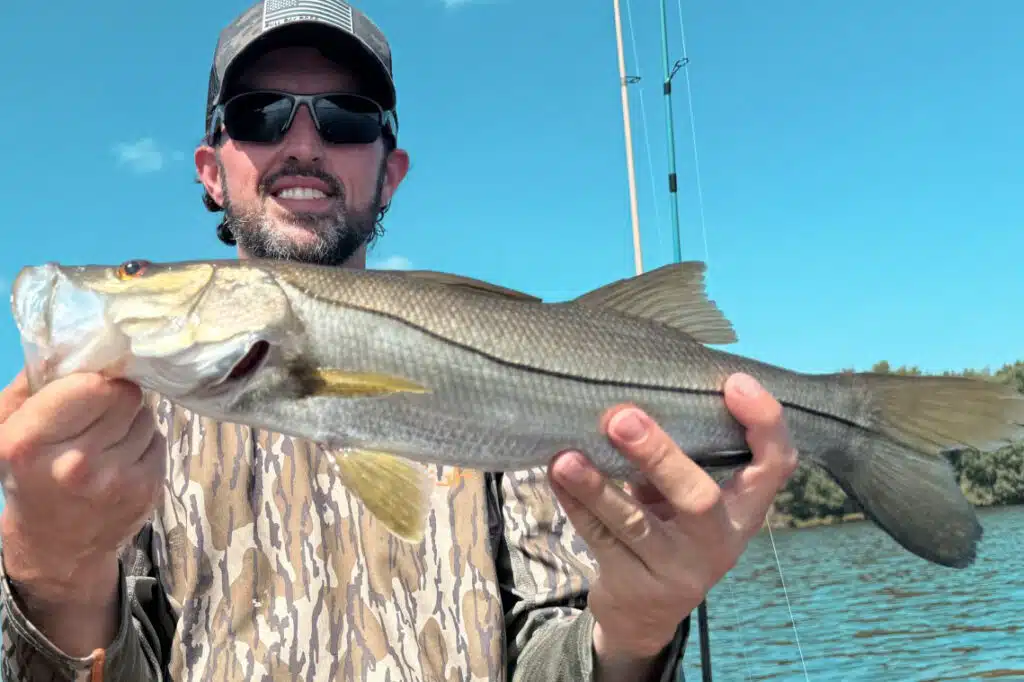
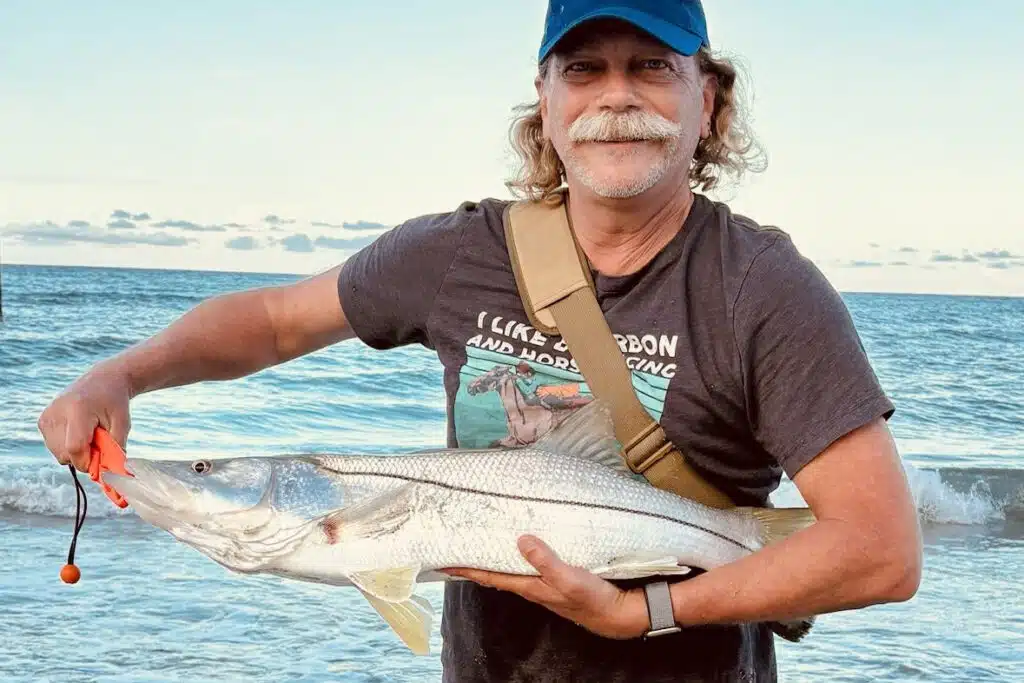
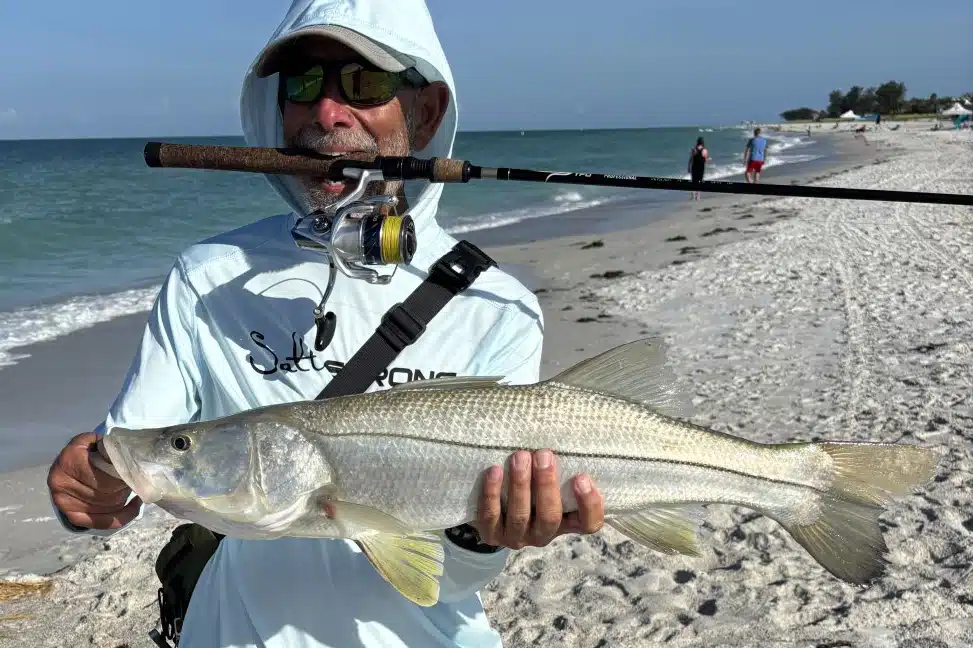
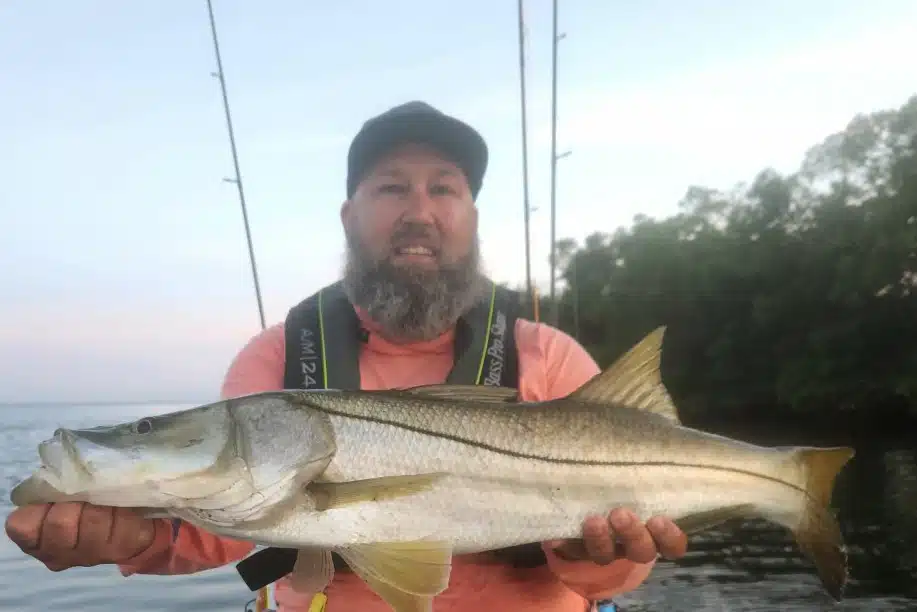
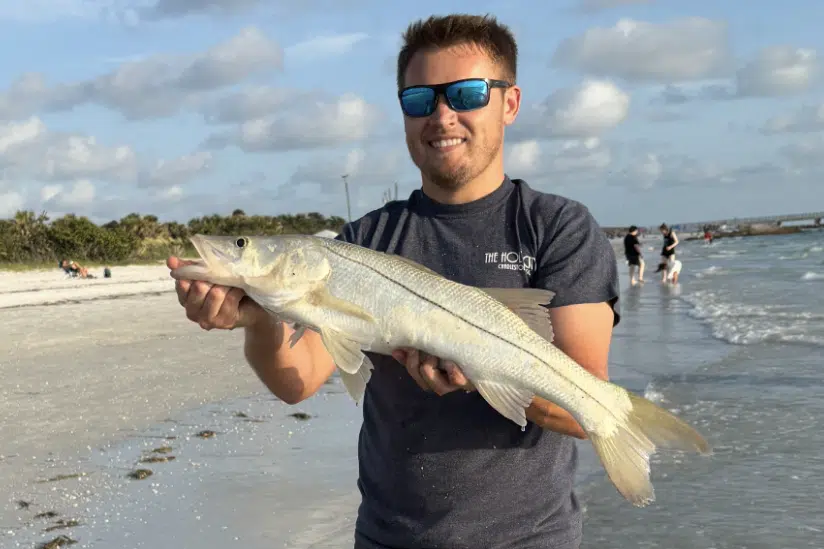
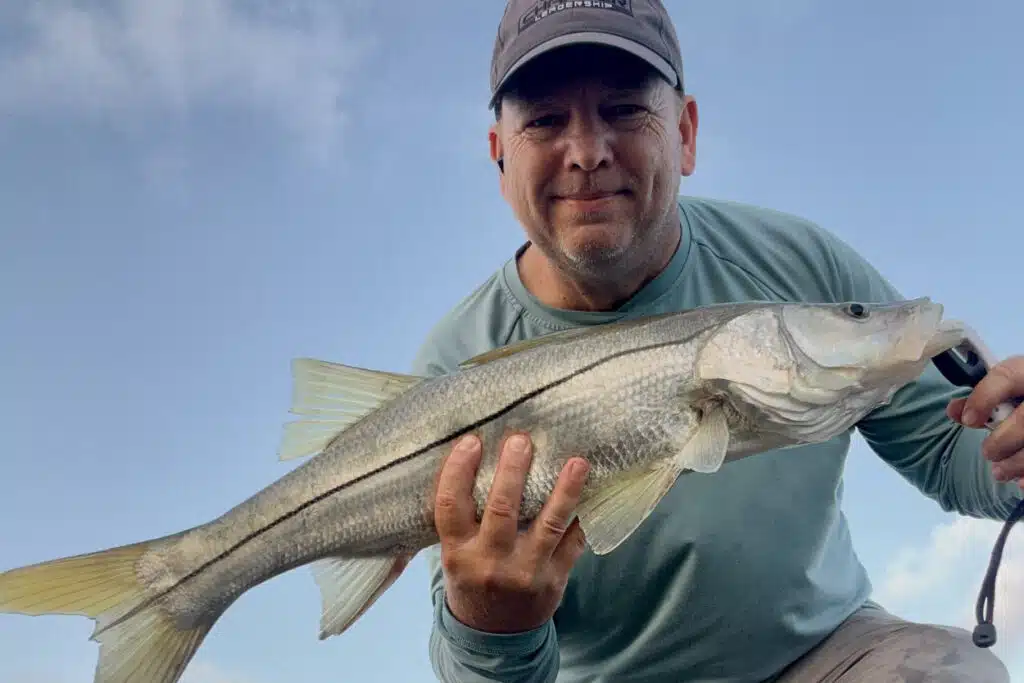
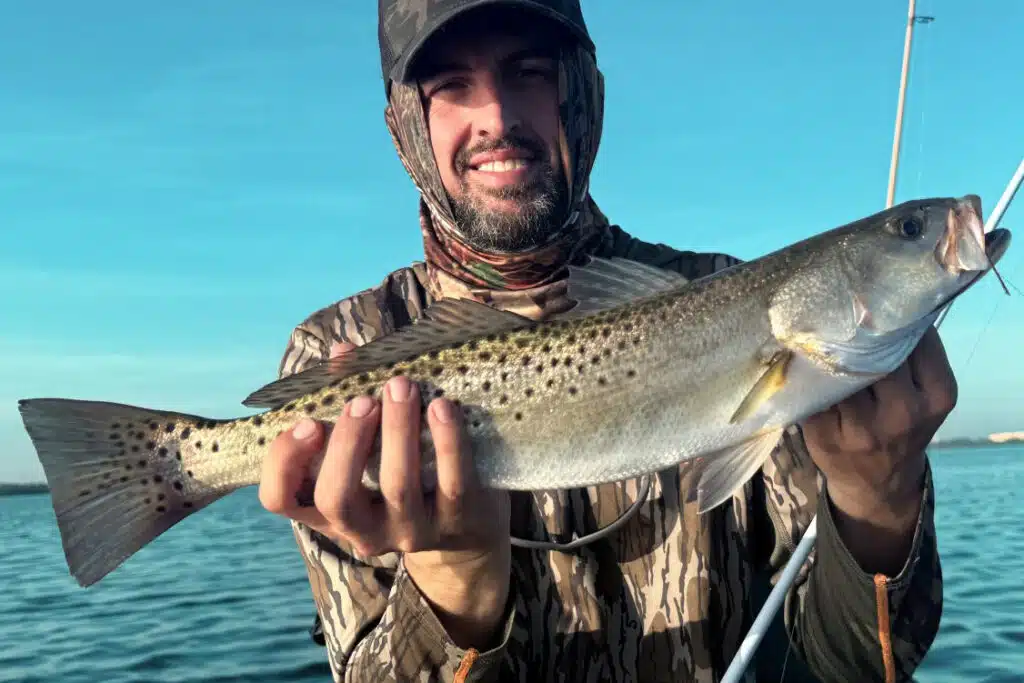
Inshore fishing remains strong with snook thick around the passes and beaches, as well as scattered throughout the back bay.
Redfish are active too, with decent numbers caught along mangrove shorelines, oyster bars, and shaded areas. Plus, some schools of overslot fish starting to move into tampa bay.
Trout are holding in deeper grass flats and drop-offs, especially where there’s some tidal flow or cooler water. Also, seeing some nice trout out on the beaches while hunting snook early morning.
Mangrove snapper are increasing in number around docks, jetties, and other structure.
Mackerel are still abundant in the bay, crashing bait and feeding aggressively.
Tarpon are rolling and feeding in all the right places—from the beaches and bridges to the passes and channels.
Sharks are also prowling heavily inshore and around the bay with blacktips, bonnetheads, and bulls giving anglers exciting action.
Fishing Tips
- Snook: Use live baits like greenbacks, threadfins, and shrimp, or try flair hawks and soft plastics at night.
- Redfish: Look for them around mangroves, oyster bars, and flats, and use dead baits during higher tides.
- Trout: Target them with soft plastics, white bait, and shrimp around deeper flats and potholes.
- Tarpon: Target them during the full moon with crab flushes, making it an ideal time to target them.
- Flounder: Find them near sandy bottoms and structures, biting on bottom baits.
- Pompano: Be prepared to move frequently to stay on their bite.
- Sharks: Use big dead baits in areas with moving water.
Help spread the word about what to do if you hook or entangle a bird. Never cut the line; instead, reel in the bird carefully to dehook and release it. If you accidentally hook a dock, break the line at the hook to avoid leaving any line in the water. Seabirds with fishing lines hanging from them are becoming more common, and this could lead to the closure of fishing areas.
Rising concerns about bird entanglements might result in closing fishing spots, impacting the few available locations around Tampa Bay from shorelines, docks, bridges, or piers. Learn more in our recent podcast with Salt Strong: https://www.saltstrong.com/articles/shutting-down-fishing-at-busy-pier/.
NEarshore Fishing Report
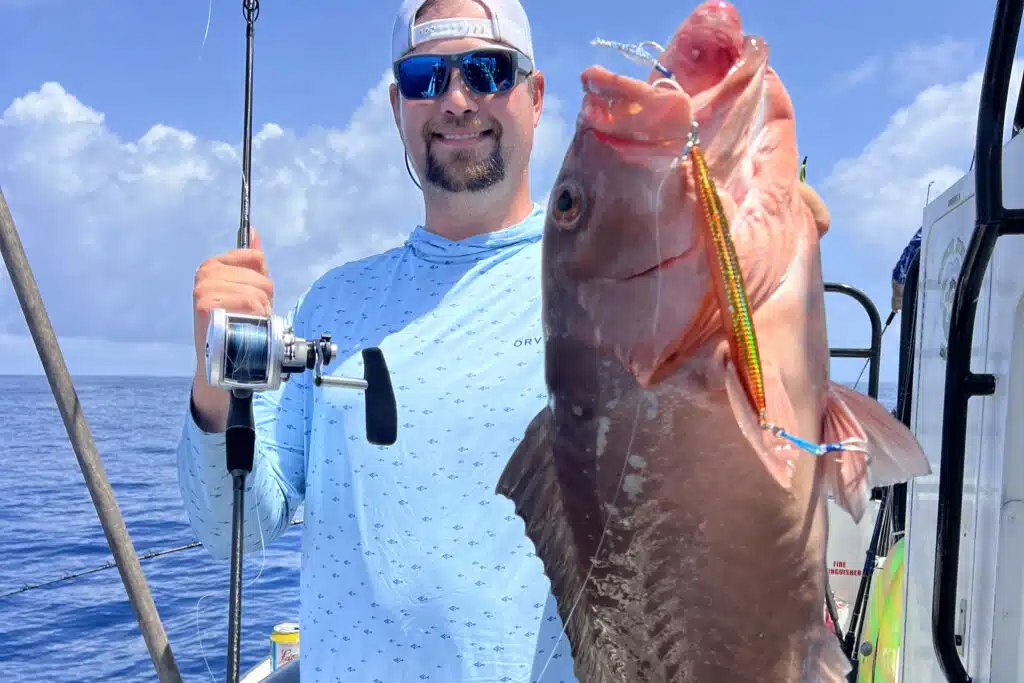
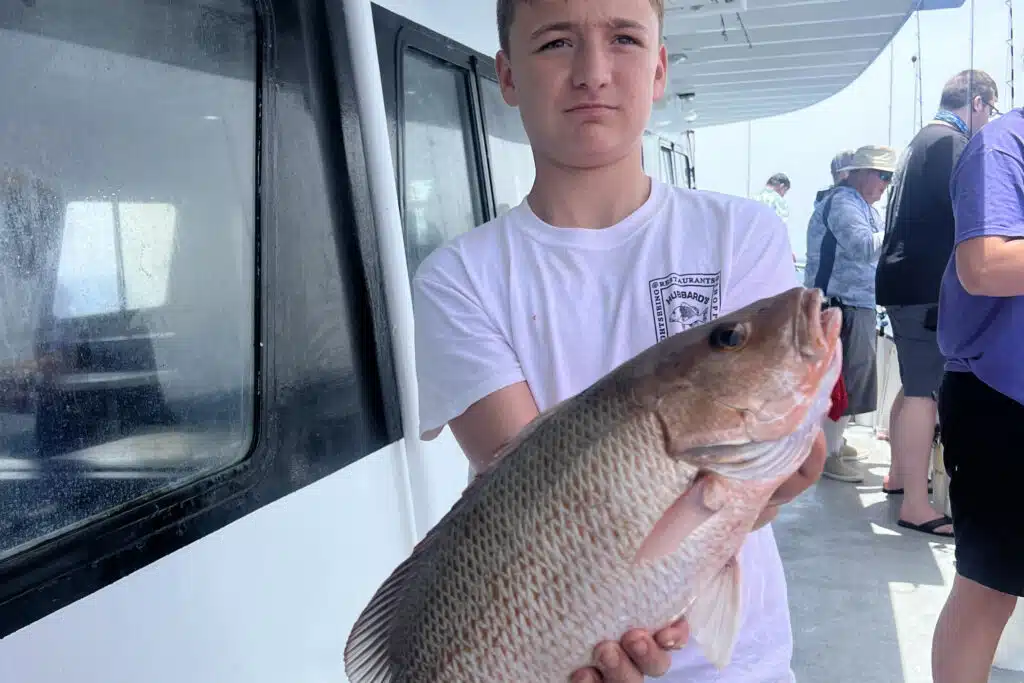
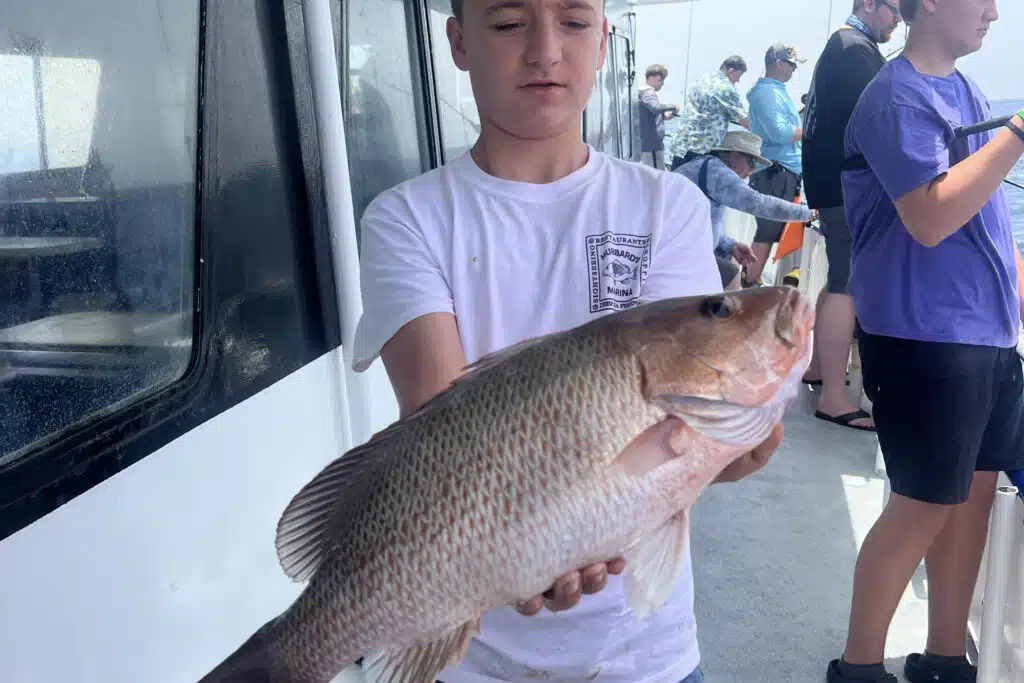
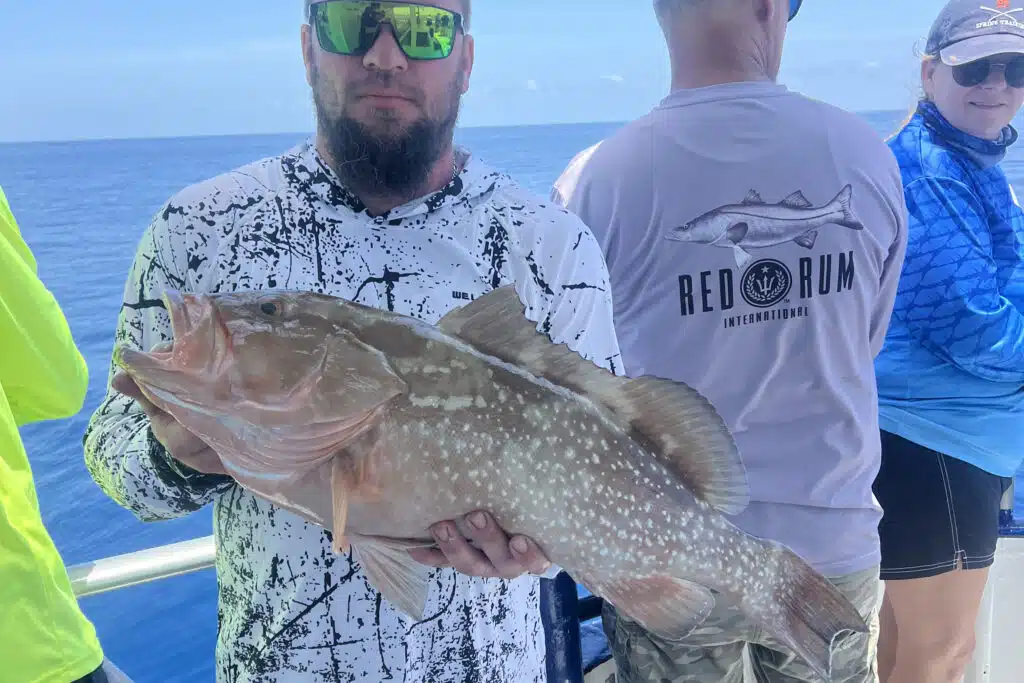

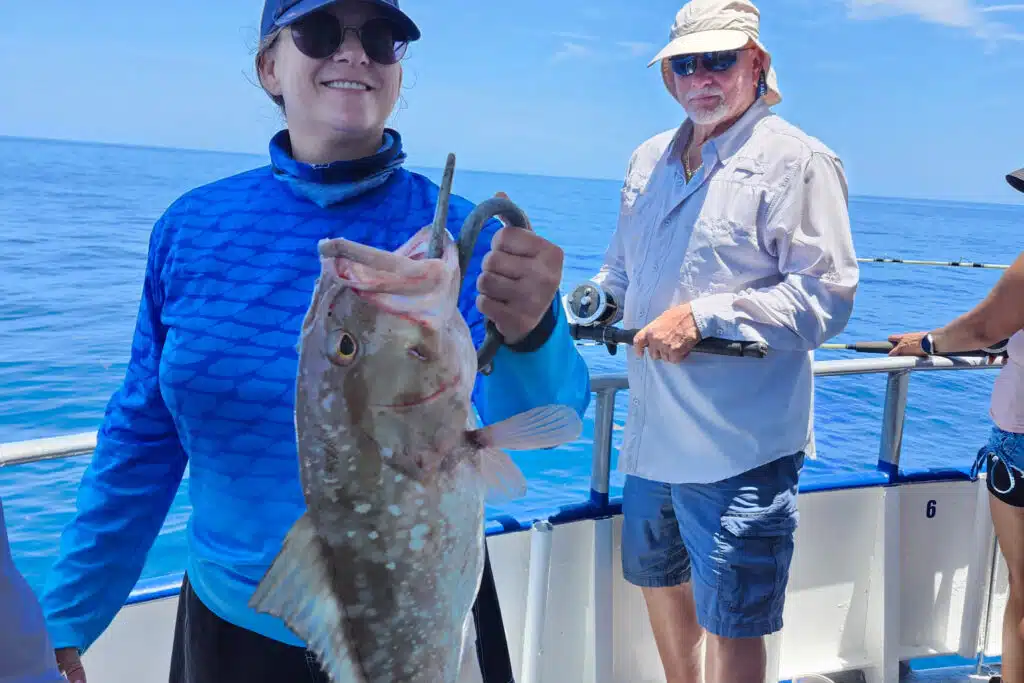
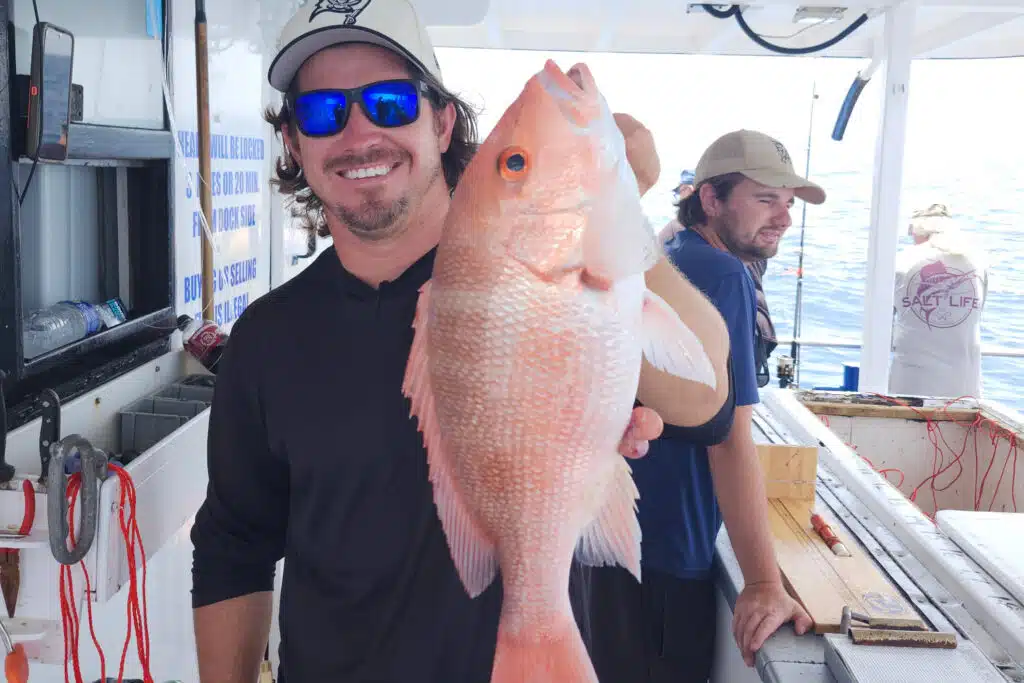
Lane snapper continue to be a reliable catch near shore, especially in 60 to 100 feet of water. We’re seeing steady numbers and good average size.
Mangrove snapper are showing up deeper near shore, particularly closer to the 100-foot mark.
Red grouper are being caught too, though most frequently when fishing with large baits in the deepest near shore zones.
Mackerel action remains hot with lots of activity around bait schools, and the occasional kingfish still making an appearance but mostly only offshore when conditions are right.
Fishing Tips
- Red Grouper: Target the deepest near shore waters with big dead baits or solid live baits. Use 60 lb test and 7/0 hooks for best results.
- Red Snapper: Use big dead baits like whole squid and bonita strips with heavy tackle to focus on larger fish. Prime trips include the 12-hour extreme, 39-hour, and 44-hour trips.
- Scamp Grouper: Use small to medium pinfish and cut threadfin, especially while targeting mangrove snapper.
- Mangrove Snapper: Near shore, use live shrimp and small chunks of threadfin on 30-40 lb test with 3-4/0 hooks. Offshore, use bigger chunks of cut threadfin or medium pinfish on 40-60 lb test with 5-7/0 hooks.
- Vermillion Snapper: Start around 100 feet of water using cut squid or threadfin. These fish are aggressive and not leader-shy.
- Yellowtail Snapper: Use shrimp, cut squid, and threadfin.
- Pelagic Species: Keep flat lines and pitch rods ready for sailfish, kingfish, wahoo, tuna, and mahi mahi.
Offshore Fishing Report
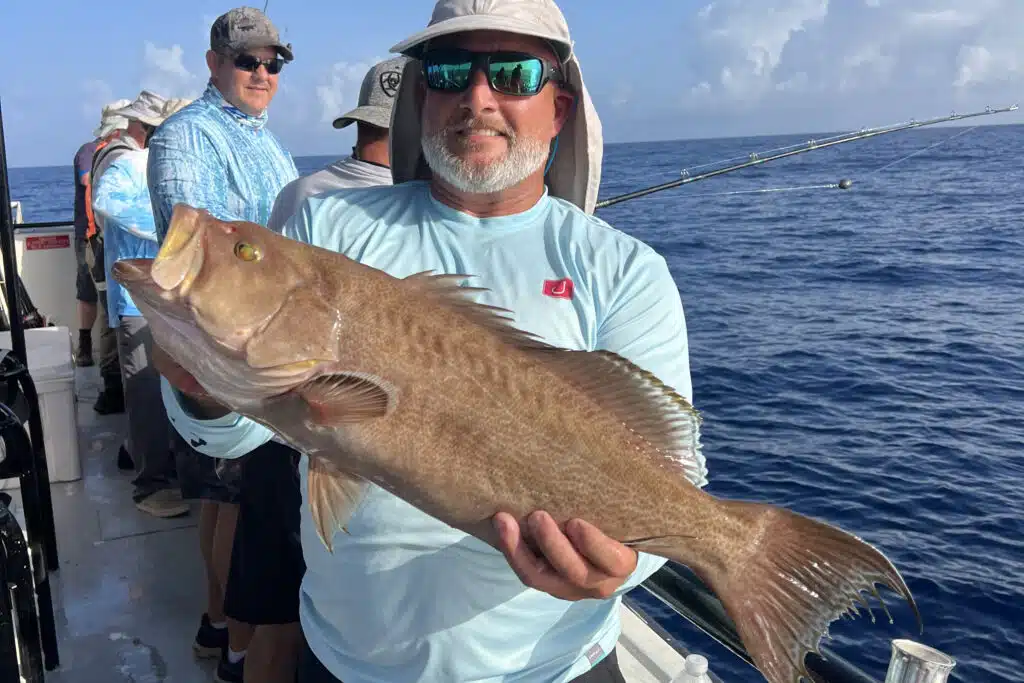
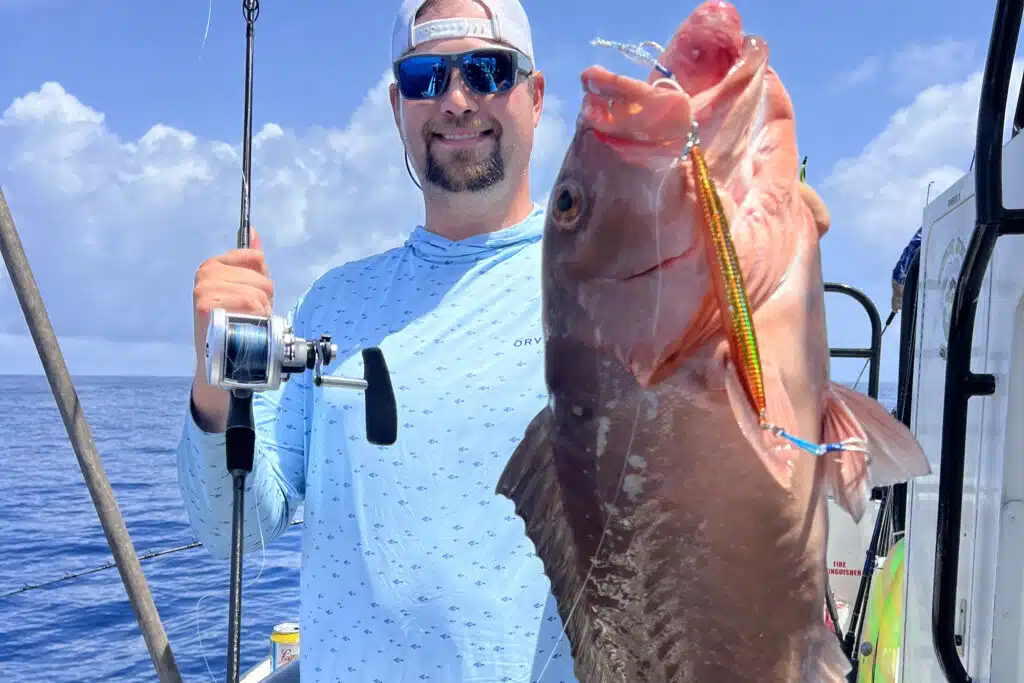
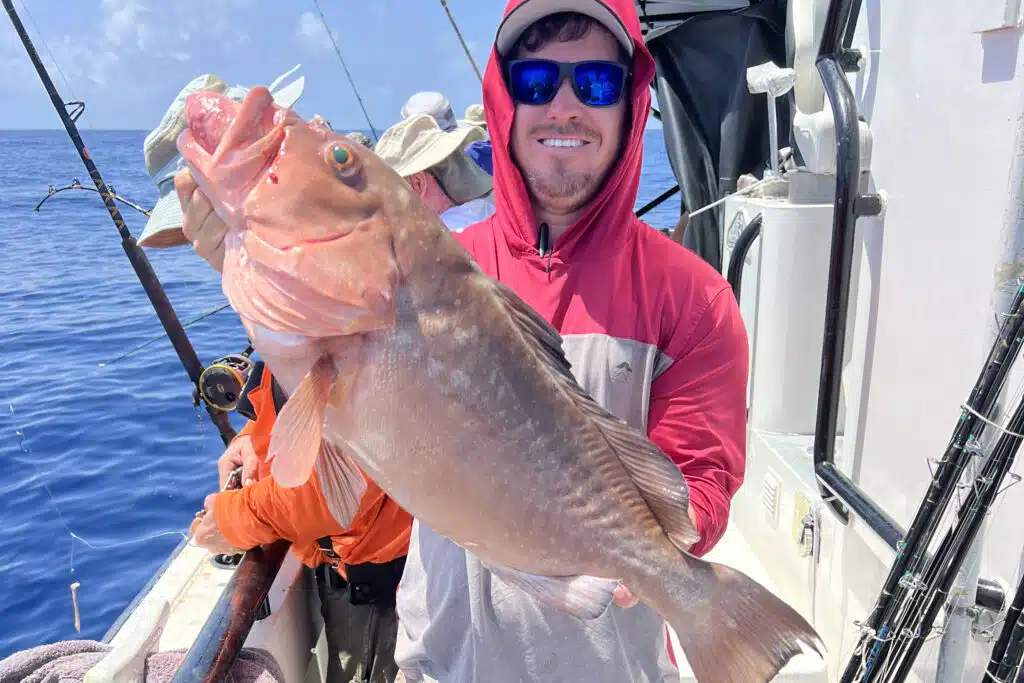
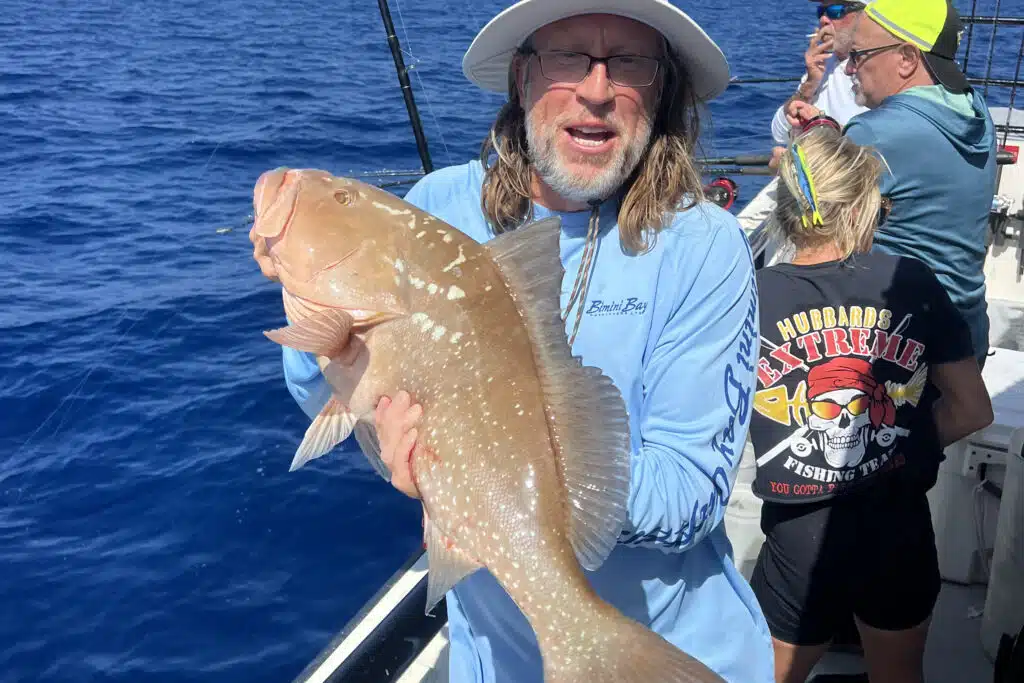
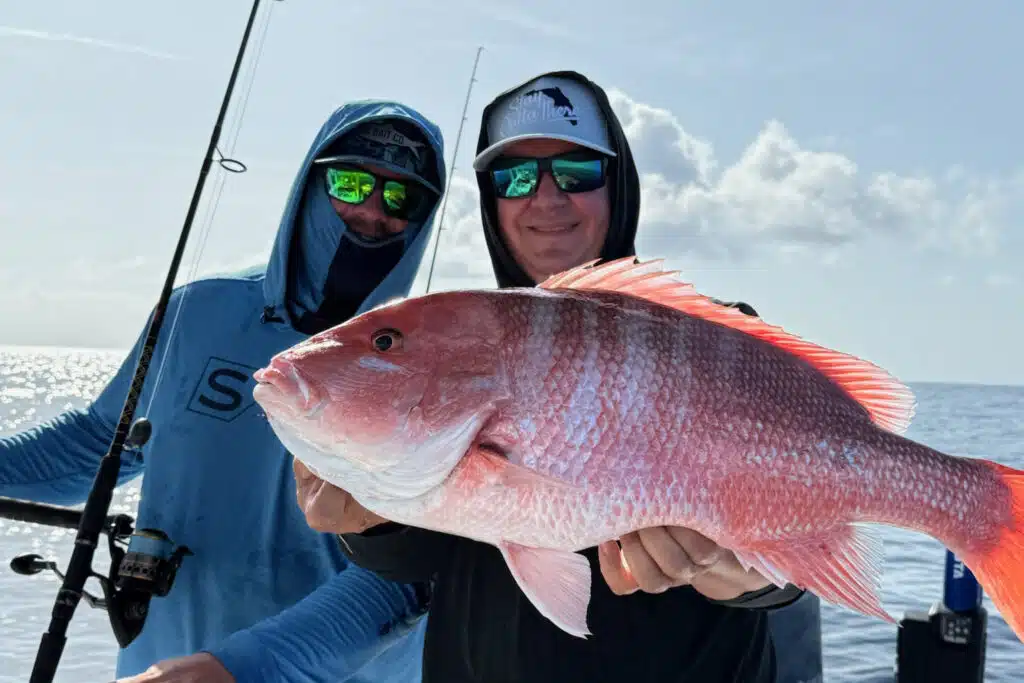
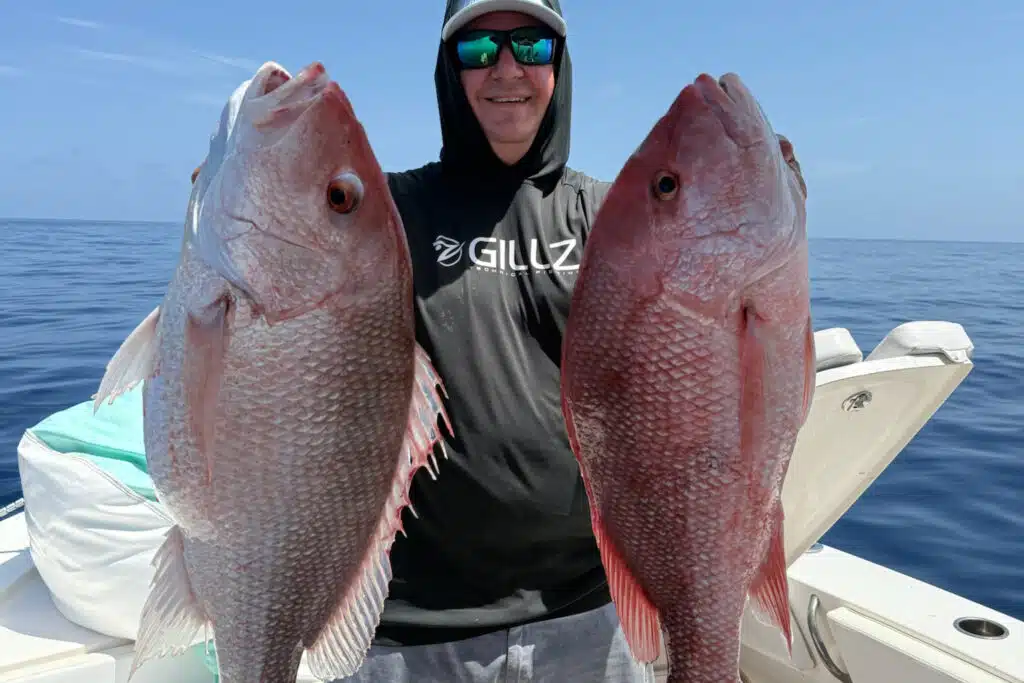
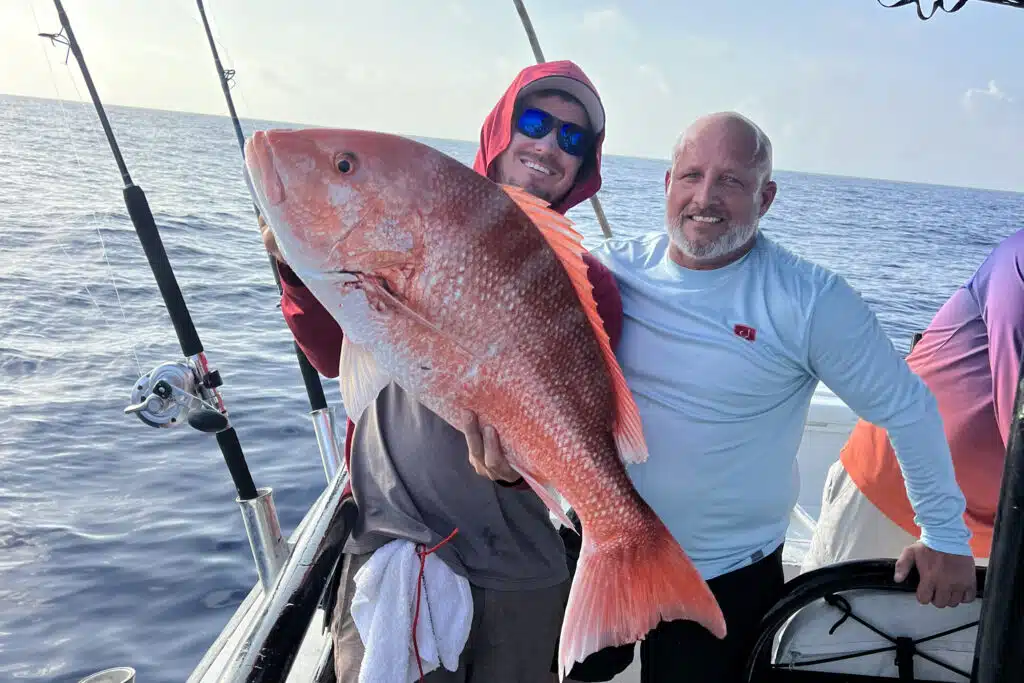
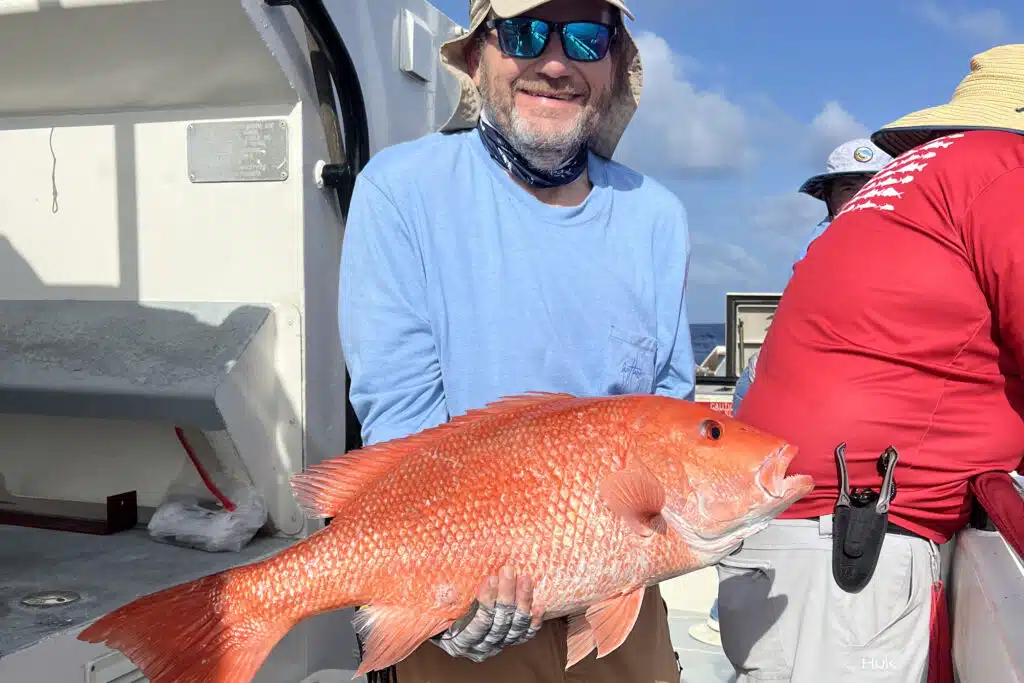
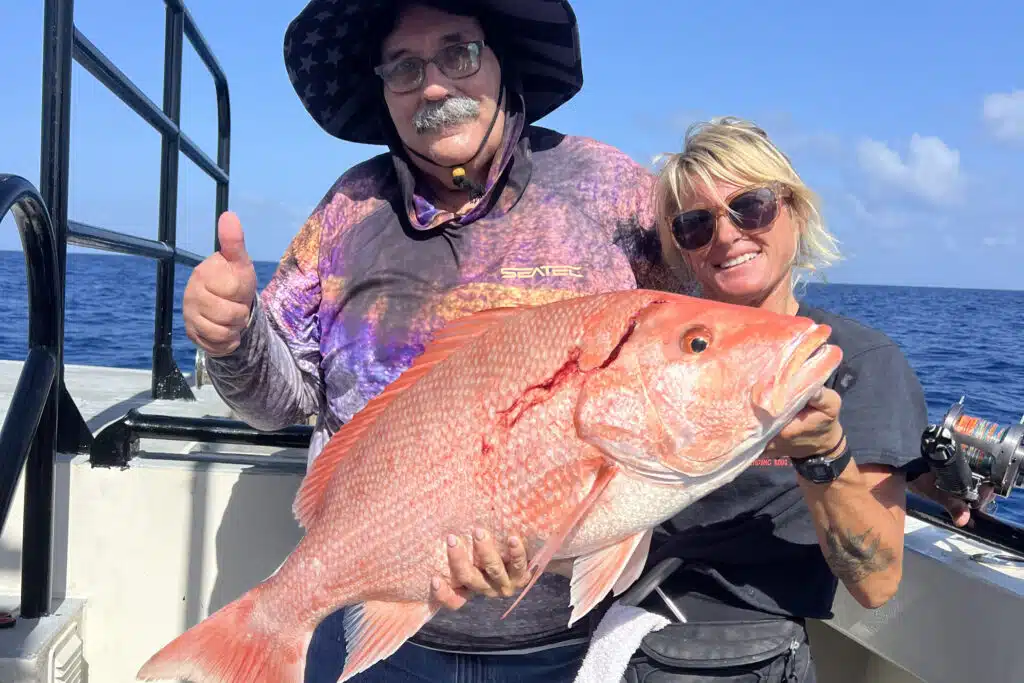
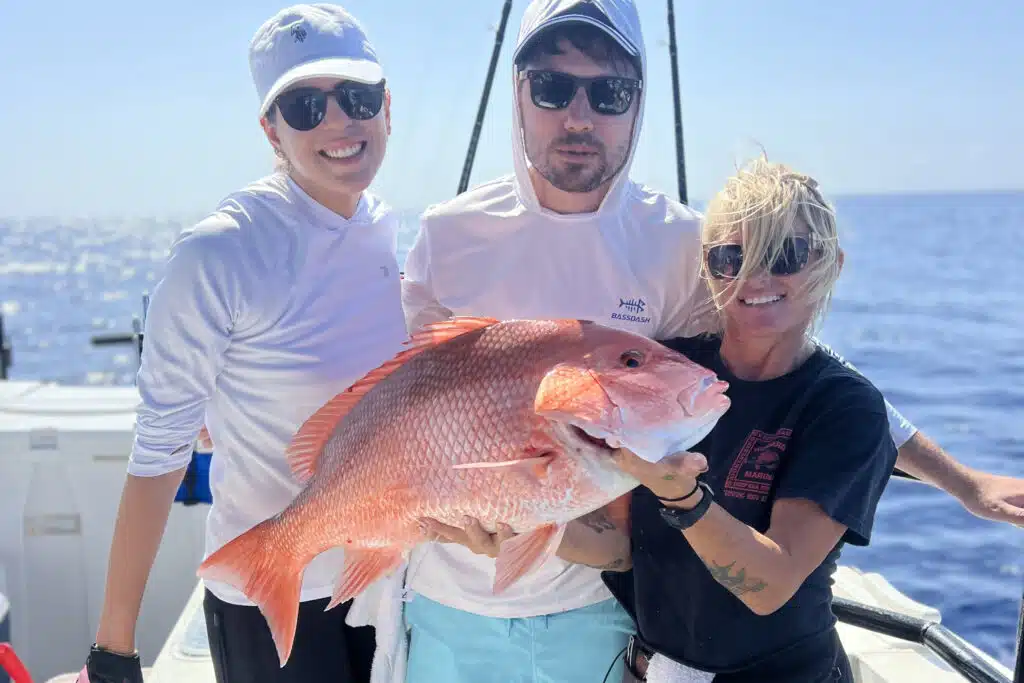
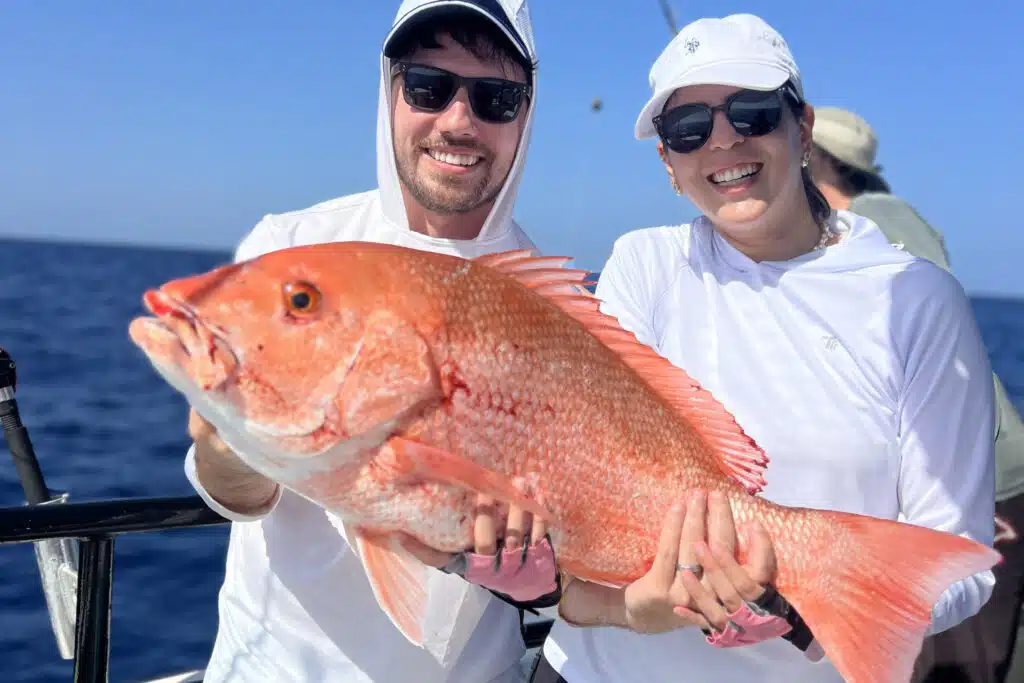
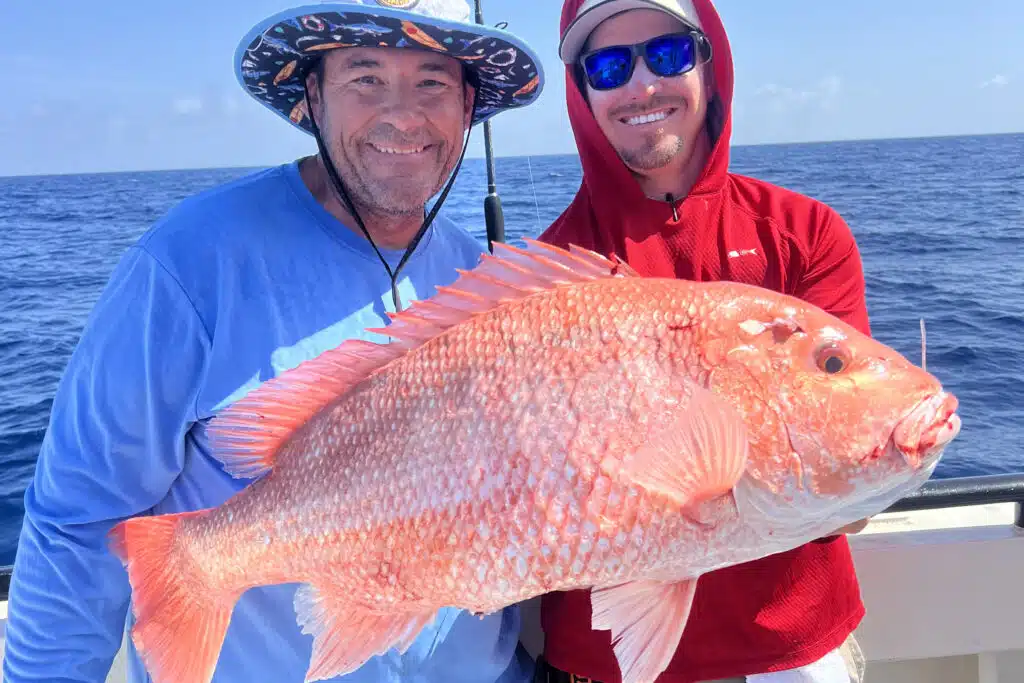
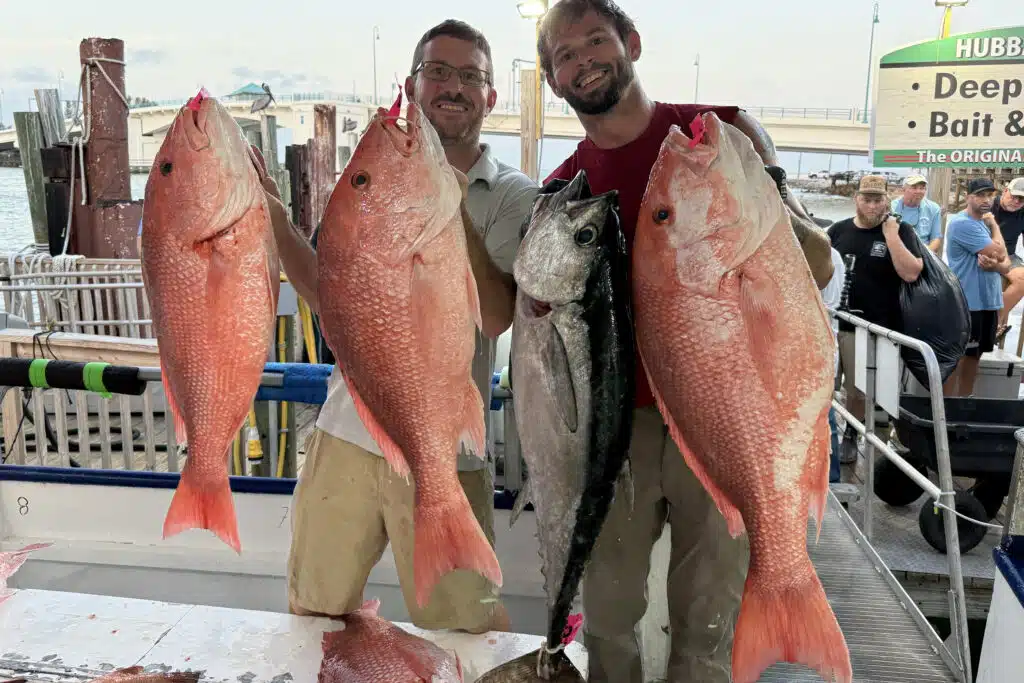
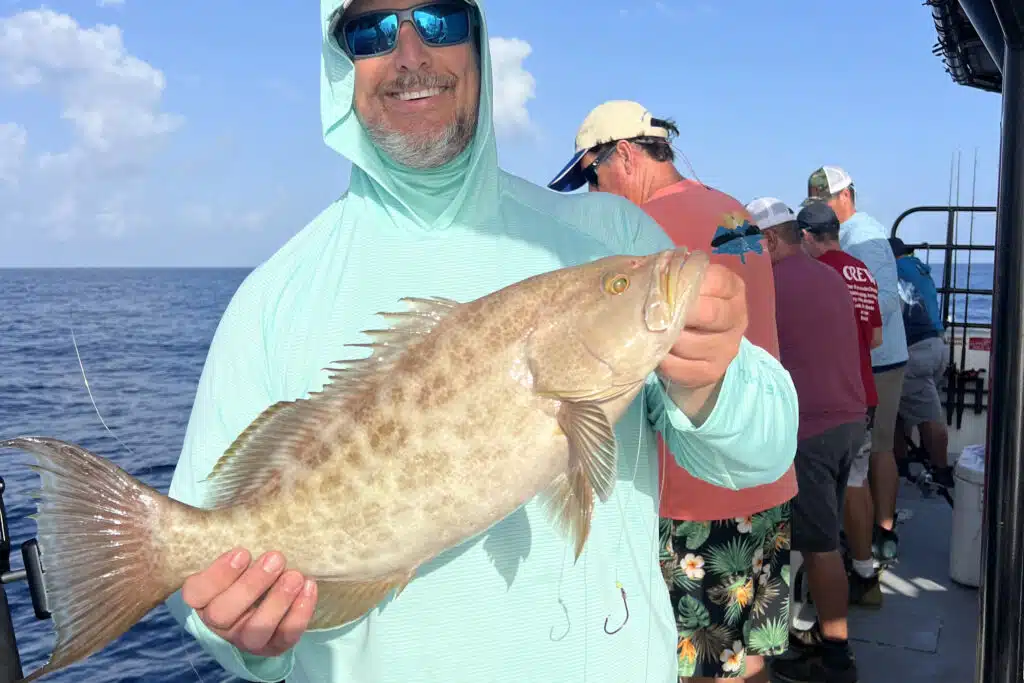
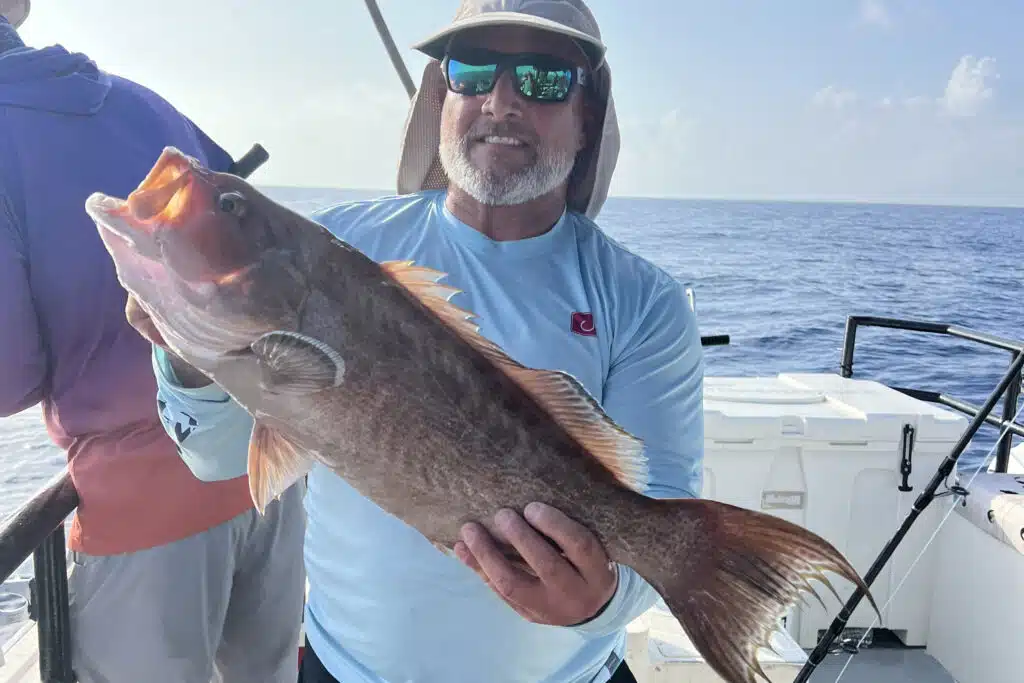
Red snapper season is open for us until end of day September 15th and the bite is on fire! We’re finding excellent numbers starting around 120 to 140 feet of water and beyond, with larger snapper coming on big dead baits and live offerings. The hot bait lately has been cut bonita and whole octopus we have in the shop.
Red grouper remain open and continue to bite well on cut bonito, threadfins, and larger live baits. Scamp grouper are being caught deeper on smaller live baits and squid strips.
Mangrove snapper fishing is going well, and yellowtail snapper are active in the deeper water around 140 feet and beyond. While triggerfish are now closed, we are still enjoying a variety of heads and tails including vermillion snapper.
Pelagic species are also showing up offshore with reports of blackfin tuna, a few wahoo, and scattered kingfish rounding out the offshore action.
Remember that when fishing in deeper nearshore and offshore federal waters, the Descend Act requires you to have a descending device or venting tool “rigged and ready.” If you know how to use a venting tool, keep it prepared. If not, here’s some helpful advice: https://bit.ly/3L5HTnv. Using a descending device is straightforward and doesn’t require as much precision or practice as venting. You can even get over $100 worth of descending device gear for free by taking a short course on barotrauma mitigation, which helps more fish survive. The course only takes about 10-15 minutes, and you can learn valuable techniques to protect our offshore fishery. Spread the word by visiting: https://returnemright.org/.
TERMS OF REFERENCE-
Inshore: This covers the areas from the inner bays, through the bridges, and right up to the beaches.
Near Shore: This includes the coastal waters from the beaches up to twenty miles offshore, or up to a depth of 100 feet.
Offshore: This extends from twenty miles offshore or from a depth of 100 feet and beyond.
For more fishing reports, photos, videos, and other content, check out Hubbard’s Marina on Facebook, Instagram, YouTube, TikTok, Twitter, Pinterest, or Snapchat by searching for @HubbardsMarina. Remember our family motto: “If you’re too busy to go fishing, you’re just too busy!” Thank you for reading our report.
Capt. Dylan Hubbard, Hubbard’s Marina
Phone or text: (727) 393-1947
Website: Hubbard’s Marina
If you’re not seeing the latest article, try clearing your browser cache.
You can search “how to clear browser cache” on Google for quick steps.

